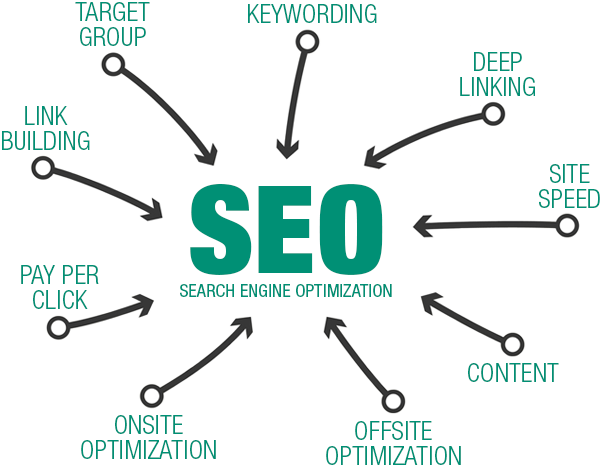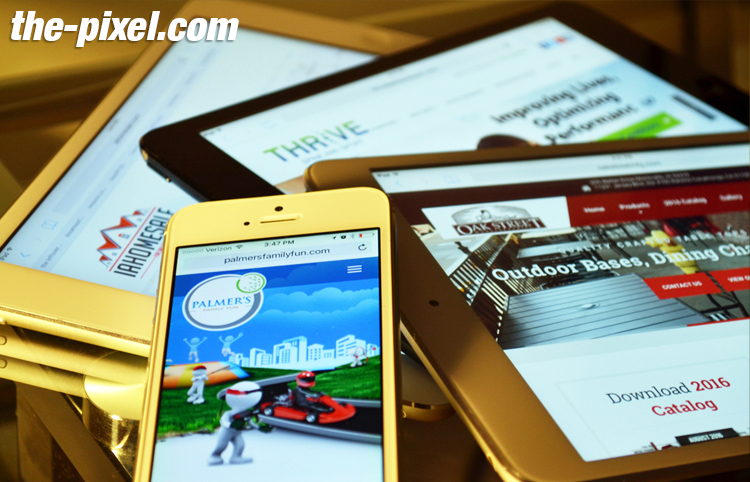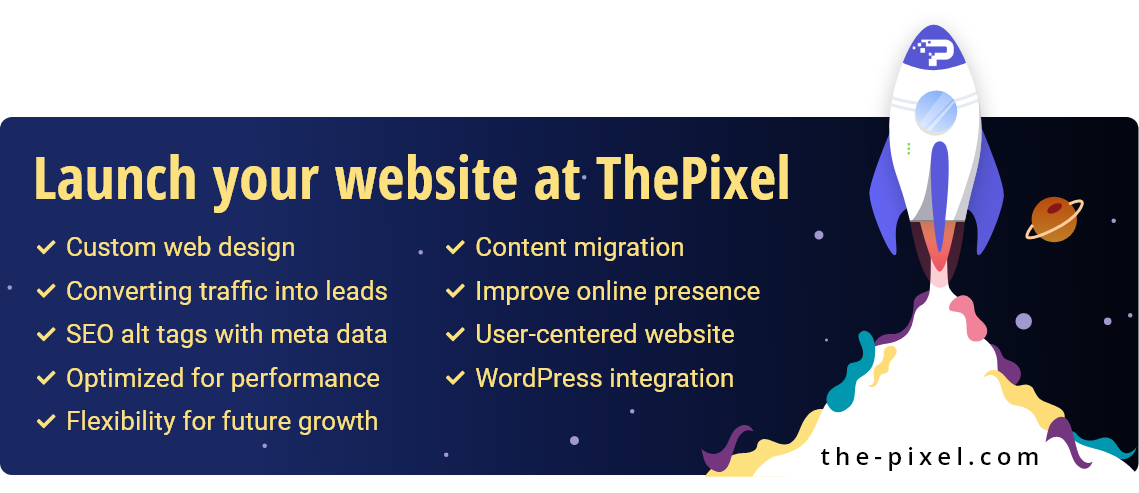5 Common Usability Mistakes in Web Design to Avoid
5 Common Usability Mistakes in Web Design to Avoid
Your website is the most important real estate you will own online!
There’s more to a website’s achievement than fancy web design. Usability is equally essential, as even the best designs can fail to affect if the website in question isn’t usable sufficient for its intended audience.
1. Poor Readability
With the advent of web typefaces including Adobe Typekit or Google Web Fonts, mistakes on this front are more a count of readability instead of typography. These days, telling a person not to apply comic Sans might be the outdated recommendation, simply because hardly anybody uses that anymore. However, readability problems can still ruin all usability possibilities of your design.
There are a lot many factors that readability relies upon on. For example, proper kerning and arrangement of the text is a primary consideration. The color of text, font size, and spaces, as well as break-down of large chunks of text — everything comes into play.
Another important consideration which you have to note is to place the text where it certainly matters: every niche of the website has its own layout model, and also you need to place your text, therefore. Thus, the heat map for a blog will differ from that of a forum, and an website’s heat map will vary from that of a magazine site.
2. Ignoring Search Functionality
This is another important mistake which you want to skip. Imposing a right search functionality in any type of website has become important. Furthermore, if your website is a huge one, the search bar turns into all the more beneficial.
As a result, placing your search bar at a place in which your users can easily find it is always a great idea. The sidebar has always acted as a tried and tested location for the search bar. Instead, you may also place the search bar in the header of your website, probably next to the logo, or on the top-most bar, or even close to the navigation labels. On the other hand, the footer is probably one of the lesser-preferred places where you have to keep your search bar.

3. Confusing Navigation
As ridiculous as it would sound, the truth stays that most websites these days tend to overlook navigation or implement it just as a second thought. You can blame it on the advent of one-page websites, or the fact that parallax scrolling and other techniques have left us with extra eye candy and less usability. The present-day trend of being content-centric too has favored the growth of single-column layouts with the navigation items being either too discreet or completely hidden.
All of which can work for a small website, or a personal blog, or a portfolio website. But, when it comes to a huge website, navigation is the backbone. Believe it or not, the 3-click rule still holds proper when it comes to navigation on the net — all your content that actually matters must be accessible with no more than 3 clicks from the main page.
Most modern-day content management systems assist you to organize your content into categories, sub-categories, and tags. If you utilize this feature well, you can arrange your content in such a way that your users will not have a tough time finding what they’re searching out, regardless of the size of your internet site. proper breadcrumbs and sitemaps too can be useful.
4. Ignoring Broken Links
Damaged or broken links and the resultant 404 errors are something that can’t be usually avoided: every so often, due to a people mistakes or a change in URL, occasional 404 errors will arise. However, a “page can’t be determined” error message is actually not the best response when it comes to improving the usability of your website and as such, you need to fix these errors as and when they arise.
The easiest solution, for WordPress users, maybe the broken links Checker plugin. If you keep an eye on possible damaged links and keep solving them at regular intervals, your users will now not be presented with 404 errors when they click on a link on your website, thereby improving the overall usability of your website.
When it comes to usability, perfection is not possible to achieve. However, by steering clear of the above-mentioned usability errors, you can make sure which you aren’t committing the most common errors in the field of usability. This will surely enhance the overall functionality and conversion rate of your website.
5. Non-responsive web design
This is the era of mobiles, and for all practical purposes, a great section of almost every website’s traffic these days comes from mobile devices, such as smartphones and tablets. Naturally, it makes no sense to ignore the significance of mobile users, and your web design must be mobile-friendly so that you can enhance its usability quotient.

A responsive design is your best bet, particularly because it is simple to find good pre-built templates which are fully responsive and customization-friendly. If that isn’t something you’d need to choose, an adaptive website too is well worth the money, even if you’ll need to host two separate versions of your site: one for desktop users, the other for mobile users. The adaptive design approach generally works best if you have a very large website with a lot of content.
Hire ThePixel to build your next website!
Since our founding in 2008, we’ve created and launched many types of business websites. Over the last decade and we’ve learned a thing or two! That’s why we’re masters of our craft, let us help you build the website of your dreams – one that generates traffic, leads and conversions.
Are you ready to start? If yes, contact ThePixel and one of our representatives will guide you through the website phases and how the process works either by a Zoom Meeting or phone.


